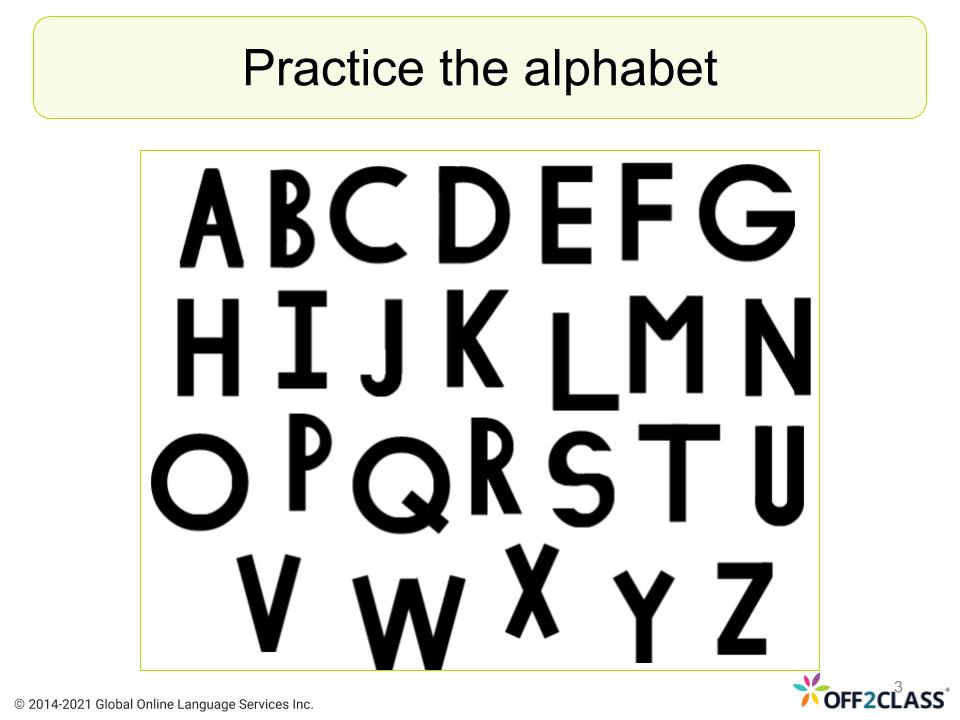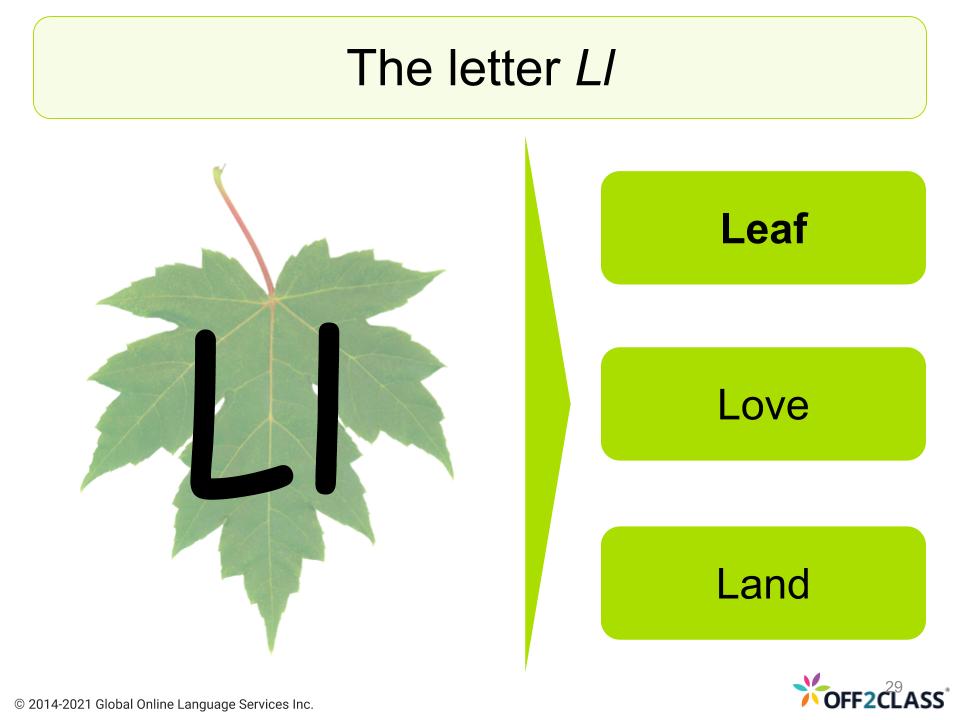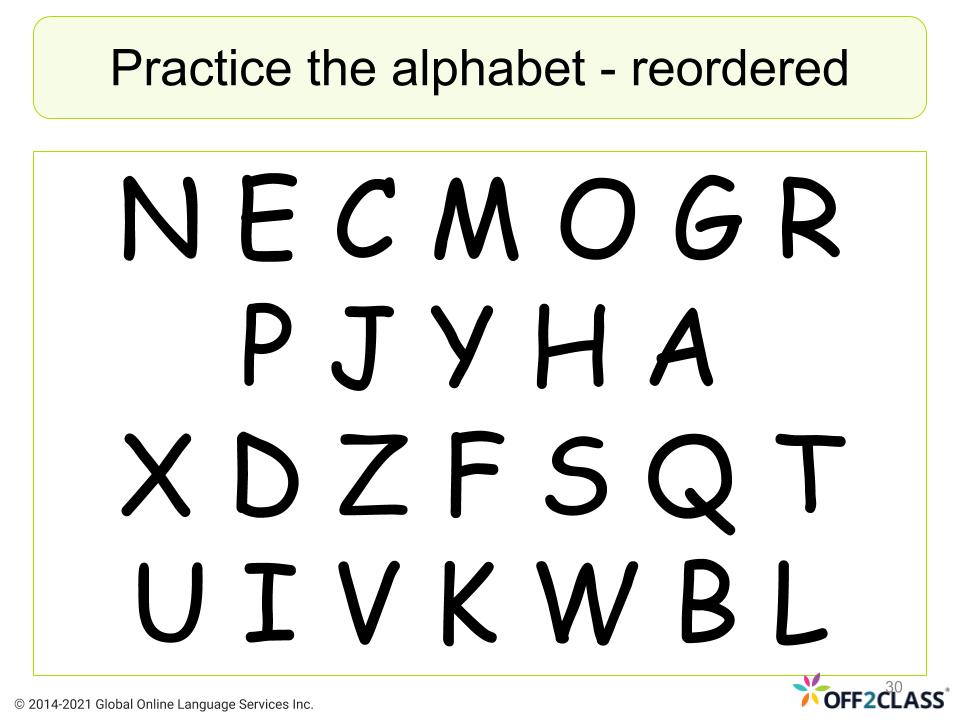10 min read
Share this post

The amount of English learners and classes are increasing in popularity more than ever. Many English language teachers prefer teaching adult learners because they tend to be more attentive and motivated to learn. As a result, some would say that teaching adults is easier.
The real question is: have you ever had to teach an adult the English alphabet? It’s hard to imagine teaching it without the aid of songs and colorful cartoons. If you are working with kids, you have plenty of resources available online like YouTube videos and Pinterest, the list is endless. Do you think you can use these resources in a language classroom full of adults? Probably not! Unless of course, you don’t mind nervous laughter and funny looks. With this, the alphabet is a foundational skill that is often overlooked in the adult ESL classroom- but not anymore. Off2Class has created this fantastic three-part resource to help you teach this tricky topic.
Off2Class has prepared a three-part lesson plan that will help your student master the English alphabet in no time.These lessons can be used with beginner ESL students and modified for more intermediate students.
Lesson 1 introduces the alphabet in sequential order from A-Z.

Download the free lesson plan here:
Lesson 2 allows students to practice what they learned prior. With your help, students can work on recognizing letters out of sequential order while learning additional vocabulary.

Download the free lesson plan here:
Lesson 3 introduces spelling exercises to challenge your student’s existing knowledge of each letter. It can also be used as a review lesson for more intermediate students.

Download the free lesson plan here:
For group classes, start with part one and have the students recite the alphabet in full. They may feel like kids again, but it’s essential that they understand the basics. Encourage each participant to come up with other simple nouns that begin with each letter and together, create a handy vocabulary list. Work through the lesson, focusing on the correct pronunciation of each letter. Then move on to part two, which encourages recognition of the letters out of sequential order – an important skill for spelling. You should also guide the group to produce correct pronunciation of letters and words. In part three, students are challenged to verbally spell out simple vocabulary words. By this point, your students should be more comfortable with the English Alphabet than ever!
For individual lessons, you will follow a similar method as you would for group classes. Though, when teaching one-on-one you are able to focus on the student’s weaknesses more closely.Always start with lesson one as a means to gauge your student’s knowledge. To begin the lesson, instruct the student to recite the alphabet without your help. They may only know a handful of letters, not know where to begin or confuse some letters, don’t fret! Take note of which letters cause your student to have issues and focus on correcting these issues. As you proceed, ask your student to come up with simple nouns to add to their vocabulary list. Then, move on to part two and practice the alphabet non-sequentially. By part three, your student should have a concrete understanding of the alphabet and enough knowledge to apply concepts learned. This will arm them with the utmost confidence and foundational skills moving forward.
For more advanced learners, you can make these lessons as challenging as you’d like! For example, you can have your students find words that rhyme with the words provided in the lesson or you can have them find new vocabulary words with more difficult criteria, such as nouns with double l . The options here are endless so let your creativity guide you! However in all cases it is important to remain patient. The alphabet might be tricky for some students, especially if they have been saying letters incorrectly for a long time. While others might need you to make modifications to make the lesson more advanced.
For both group and individual classes, it is important to consistently review this topic. Don’t worry, it can be as easy as a 2-minute warm-up activity at the beginning of class. I love asking my students to share their favorite foods, singers or baseball players from their home countries. Each time you do this, have them spell out the word for you and they won’t even realize they are doing a review exercise!
Teaching the alphabet to adults doesn’t have to be an awkward experience, it can be incredibly engaging. Use these these ready-to-go lesson plans for your in-person or online classroom and watch your students develop the confidence to succeed.
If you found these lessons helpful, check out Off2Class’s Lesson Library. There are hundreds of ready-to-teach lessons, complete with teacher notes, homework assignments and a placement test that will make teaching English a breeze. Let us know how you used this lesson in your ESL classroom. We love to hear your ideas and feedback!
Share this post


